Environmental footprint
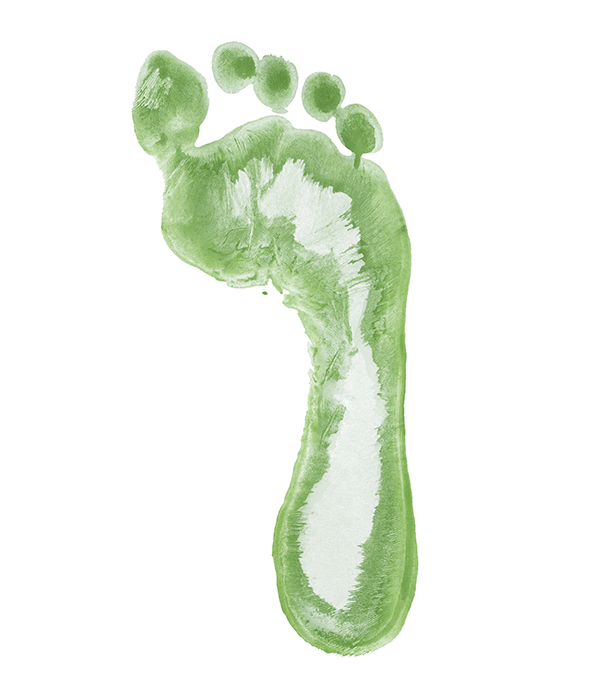 WHAT IS AN ENVIRONMENTAL FOOTPRINT?
WHAT IS AN ENVIRONMENTAL FOOTPRINT?
An environmental footprint is the trace left by human activity on natural ecosystems.
To calculate it, we take into account the earth’s surface and the quantity of water required to produce the resources that we are consuming, to absorb the waste that is being generated and to offset the subsequent environmental disturbances.
May 3rd
International Energy Day
In short, it expresses in hectares the quantity of natural resources we, as human beings, are extracting from the earth to sustain our way of life.
CONSIDER THE NATURAL CAPITAL OF THE EARTH
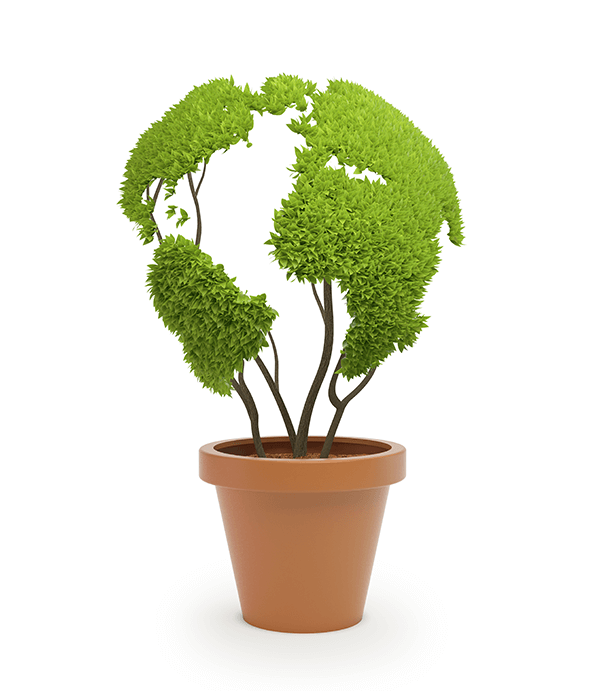
To respond to our needs, the earth allocates 1.8 hectares to each person on the planet, which equates to 12 billion hectares in total. The average environmental footprint of each human is, however, 2.7 hectares, yikes!
The inhabitants of the African continent consume less than 0.5 hectares each, while the average Canadian consumes 7.6 hectares; nearly four times the capacity of the earth’s natural capital.
11hectare = 100 m × 100 m or about 2 football fields
Consequently, it would take humanity a little less than eight months to consume all the natural resources that the planet can produce in one year.
Verdict: We have a deficit. Problem: The intensity of our methods of exploitation and the waste of our ecological assets - energy, materials, water, food, etc.
Solution: A more efficient use of natural resources, in particular our use of energy, the largest component of our environmental footprint.
World population now exceeds 7 billion people. If everyone held hands, the chain would go 147 times around the earth. If we wanted to take a second to welcome each earthling, it would take us more than 222 years.
MAKE THE CHOICE TO LIVE IN AN ECOLOGICALLY BALANCED ENVIRONMENT
 To act in a responsible manner, respectful of ecosystems and of future generations, Quebeckers and all Canadians should reduce their overall consumption by 4 times less than their current level. We must, therefore, take a closer look at our way of life.
To act in a responsible manner, respectful of ecosystems and of future generations, Quebeckers and all Canadians should reduce their overall consumption by 4 times less than their current level. We must, therefore, take a closer look at our way of life.
It is possible to act in all spheres of our lives. Reducing our footprint by reviewing our way of building and renovating is a good start and something we can all do. This choice is within everyone’s reach.
In Canada, the housing sector is responsible for 17% of the total energy consumed. Residential consumption of water per person is 274 liters per day. Everyone must live somewhere: Why not try to live better?
OPT FOR ECO-CONSTRUCTION
The challenge with eco-construction is being able to live comfortably while reducing one’s environmental footprint.
Making the choice to live in an ecologically balanced environment means making many choices, big and small. Added together, these choices will contribute significantly to reducing the impact of our activities. From this perspective, the ERE 132 home illustrates how eco-construction constitutes an intelligent option in reducing the environmental footprint in residential construction.
The strategies minimizing the environmental footprint of the ERE 132:
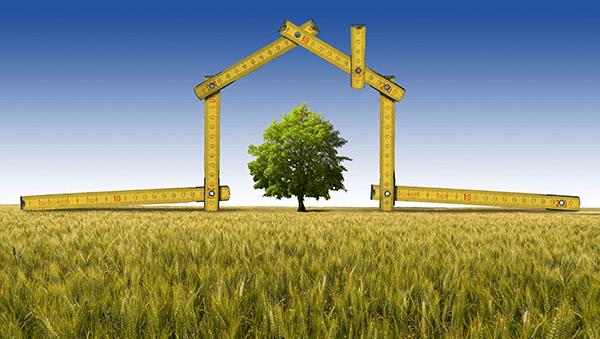 Reduced materials — compact home, reduced living space
Reduced materials — compact home, reduced living space- Reduced energy consumption — passive solar heating; adequate insulation and sealing; energy-efficient doors, windows and lighting; heat exchangers; high efficiency appliances
- Use of high quality durable materials and equipment that are of low impact on the environment and health — certified wood, eco-friendly materials that are sustainable and/or recycled, appliances that reduce water consumption, appropriate ventilation
Total footprint of the ERE 132 Eco Home (results pending)
TO BUILD IS TO CHOOSE
In the ERE 132 home, visitors can access an application enabling them to assess the economic, social and environmental impact of their own eventual construction project or renovation.
From a mobile or tablet, the simulation module presents 20 elements of interest (materials, processes, procedures and equipment that all have a low environmental impact) that are used in the ERE 132.
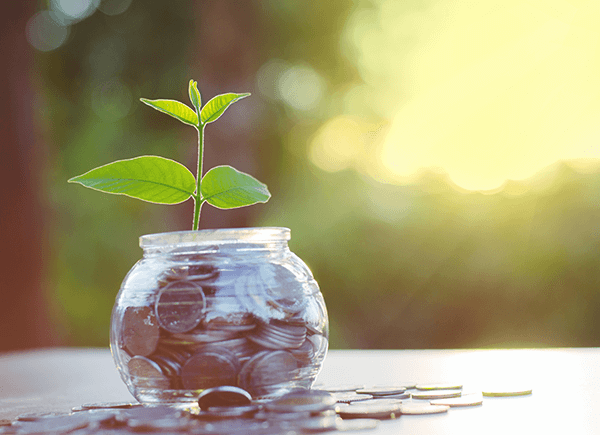 Eco-construction conveys environmental, economic and social values. For each of the 20 items, visitors make choices among all those shown according to their value system and as if it was their own construction or renovation project. For example, will they choose locally available materials that are low-energy renewable resources?
Eco-construction conveys environmental, economic and social values. For each of the 20 items, visitors make choices among all those shown according to their value system and as if it was their own construction or renovation project. For example, will they choose locally available materials that are low-energy renewable resources?
At the end of the exercise, visitors receive a custom result revealing the environmental impact of choices made in terms of their values regarding sustainable consumption.
The data are stored in a database, allowing visitors to compare their results with those of other users or to share their results with family, friends and colleagues.
Follow the guide!
THE 20 ELEMENTS OF INTEREST
- Environmental landscape management — choice of plants
- Efficient use of water outside — paving
- Efficient use of water inside — appliances and fixtures (toilets)
- Energy strategies — structural elements (walls)
- Energy strategies — openings (windows)
- Energy strategies — passive solar heating (orientation of the home)
- Energy strategies — heating system
- Energy strategies — heating system (heat recovery ventilator)
- Energy strategies — water heating (water heater)
- Energy Strategies - water heating (drain water heat recovery)
- Energy Strategies - lighting
- Materials and resources - insulation
- Materials and resources - roofing
- Materials and resources – exterior wall cladding
- Materials and resources – interior wall cladding
- Materials and resources - window and door frames
- Materials and resources - floor coverings
- Materials and resources - cabinet doors
- Materials and resources - integrated furniture (kitchen and bathroom cabinets)
- Health and welfare – protection against radon gas (radon aeration column)
ECONOMIC, ENVIRONMENTAL AND SOCIAL VALUES OF ECO-CONSTRUCTION
Values associated with the three factors of sustainable development
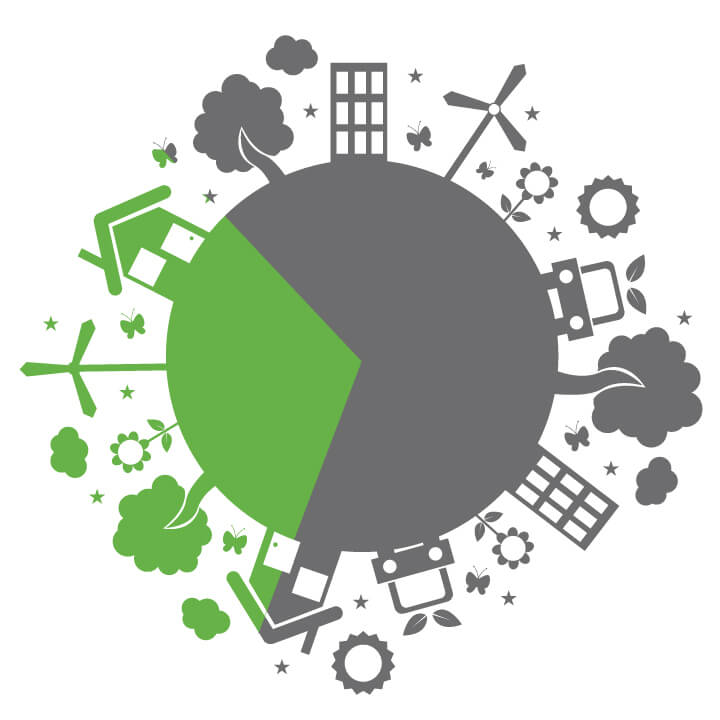 ECONOMIC FACTORS
ECONOMIC FACTORS
- Viability: Whose costs of production (from extraction to the marketing of the product) are less than or equal to the sales cost.
- Price: The concept of price/quality ratio of a product only applies when the finished product is made available to the consumer who buys it and uses it.
- Durability: The ability of a product to last a long time and whose quality means that the product and its parts do not have to be replaced very often.
- Local purchase: A product from distribution to consumption that promotes purchasing from local suppliers.
- Local resources: A product whose production and processing chain “operates within a local infrastructure at all stages of the product’s life”, generating the creation of local jobs that are both secure and fairly paid.
- Social Economy: A product of a business model based on a social economy that advocates social reinvestment and/or equitable profit sharing.
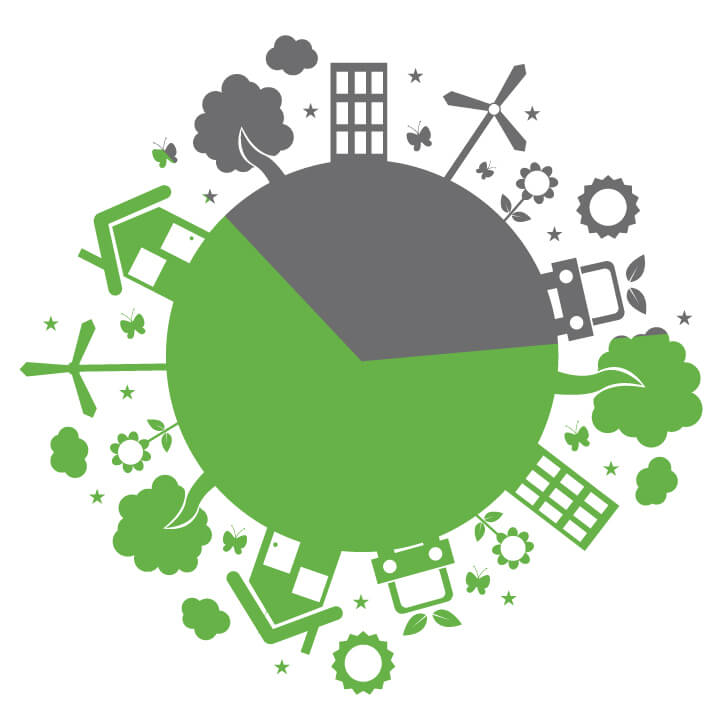 ENVIRONMENTAL FACTORS
ENVIRONMENTAL FACTORS
- Respect for the environment: A product whose production, use and disposal at the end of its useful life is low in GHG emissions and toxicity, is environmentally friendly and causes little or no destruction to natural environments.
- Respect of natural cycles: A product whose production, use and disposal at the end of its useful life does not alter, or alters very little, the natural cycles of carbon, nitrogen and water.
- Renewable resources: the raw material used in its production is the result of a resource that is in abundant supply and quickly renewable.
- Lifecycle performance: A product that has a good performance in terms of lifecycle analysis; low energy consumption at all stages of the cycle.
- Zero waste: A product that tends towards the elimination of waste generated in its production, use and eventual disposal. It improves the management of its residual materials by facilitating the implementation of the 3R-R (reduce at source, reuse, recycle, reclaim).
- Certification: A product that has a certification highlighting its environmental merits.
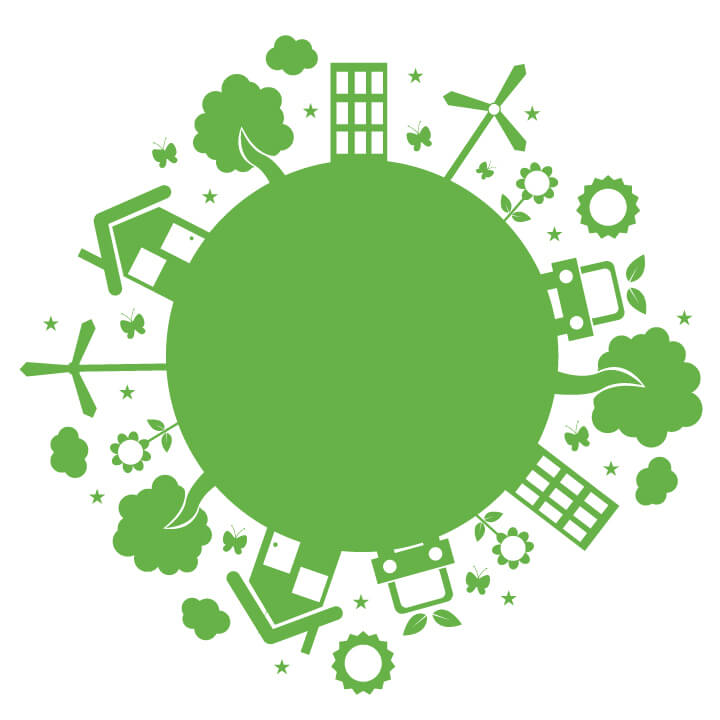
SOCIAL FACTORS
- Health and safety: A product that is harmless to health and safety at all stages of its lifecycle.
- Product affordability: A product whose price is affordable to those of average income.
- Adaptability: A product that is adaptable, or has been adapted, that creates no form of social discrimination.
- Awareness-education: A known product about which we can make an informed and educated choice.
- Pride: A product that is highly regarded and valued and whose production and acquisition engender the pride of both the manufacturer and the buyer.
- Aestheticism: A product having distinctive features and an aestheticism that is characteristic of the community it comes from.
STATISTICAL ANALYSIS
This qualitative result indicates the average environmental footprint of the visitors to the ERE 132 Eco Home.
In conjunction with a construction or renovation project, the environmental footprint is measured throughout the lifecycle of the building – from its manufacture to the end of its useful life.
The larger (greyer) the environmental footprint, the less it contributes to reducing the impacts of choices in terms of renovation or construction. The ideal environmental footprint:
- minimizes the environmental footprint
- optimizes the economic footprint
- maximizes the social footprint
AVAILABLE SOON!

 WHAT IS AN ENVIRONMENTAL FOOTPRINT?
WHAT IS AN ENVIRONMENTAL FOOTPRINT?
 To act in a responsible manner, respectful of ecosystems and of future generations, Quebeckers and all Canadians should reduce their overall consumption by 4 times less than their current level. We must, therefore, take a closer look at our way of life.
To act in a responsible manner, respectful of ecosystems and of future generations, Quebeckers and all Canadians should reduce their overall consumption by 4 times less than their current level. We must, therefore, take a closer look at our way of life. Reduced materials — compact home, reduced living space
Reduced materials — compact home, reduced living space Eco-construction conveys environmental, economic and social values. For each of the 20 items, visitors make choices among all those shown according to their value system and as if it was their own construction or renovation project. For example, will they choose locally available materials that are low-energy renewable resources?
Eco-construction conveys environmental, economic and social values. For each of the 20 items, visitors make choices among all those shown according to their value system and as if it was their own construction or renovation project. For example, will they choose locally available materials that are low-energy renewable resources? ECONOMIC FACTORS
ECONOMIC FACTORS ENVIRONMENTAL FACTORS
ENVIRONMENTAL FACTORS
